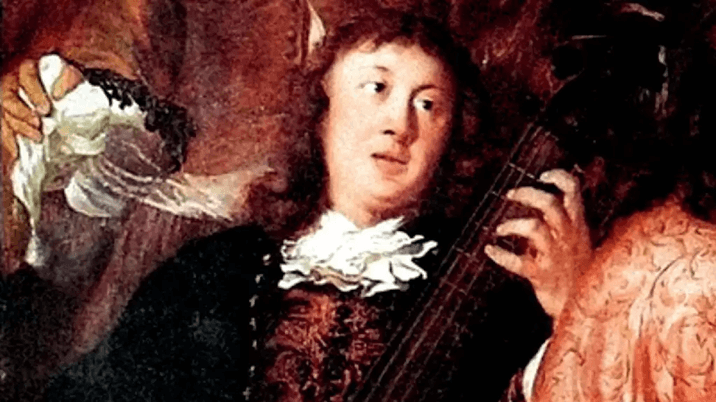Michael De Sapio is a writer and classical musician from Alexandria, Virginia. He attended The Catholic University of America and The Peabody Conservatory of Music. He writes Great Books study guides for the educational online resource SuperSummary, and his essays on religious and aesthetic topics have been featured in Fanfare and Touchstone, among other publications.

